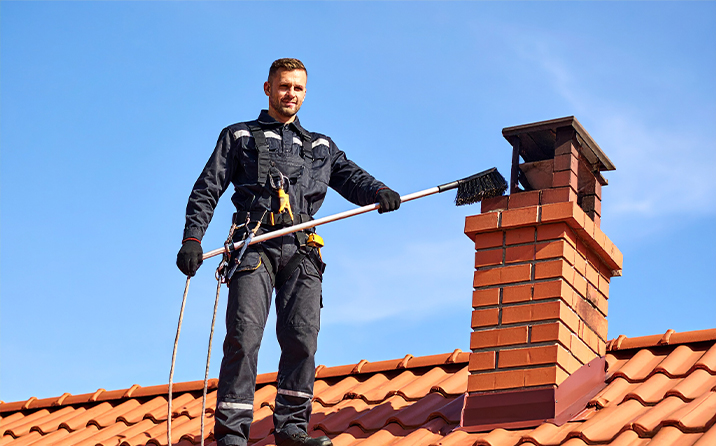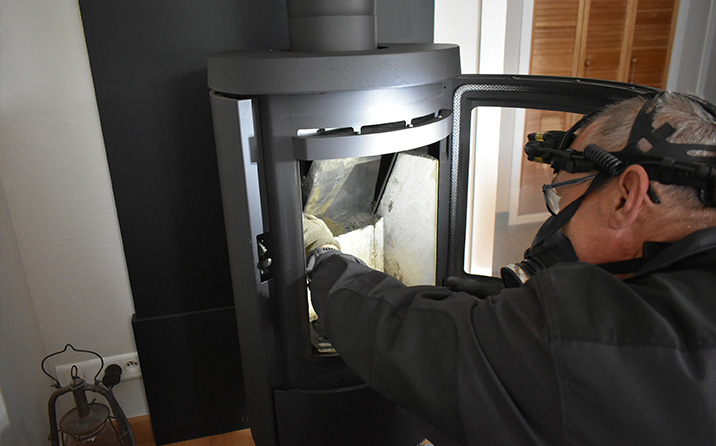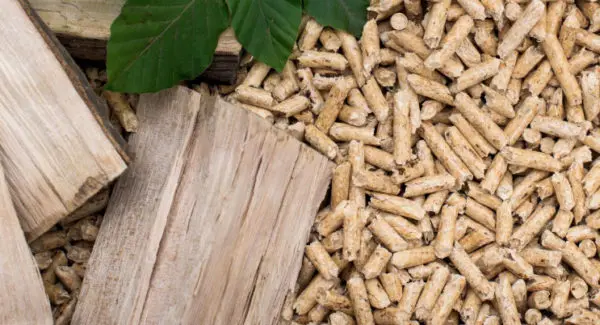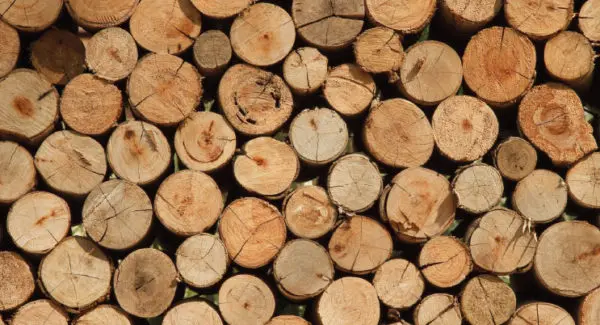To ensure your fireplace is both efficient and safe, chimney sweeping is not only essential but also mandatory. Autumn, or summer before the heating season begins, are the recommended times for a chimney sweep. A second cleaning may be necessary during winter, depending on how often you use your appliance. And what about wood stoves and inserts? We explain everything.
Do you have questions about sweeping your fireplace, wood stove, or insert? The professionals in the SEGUIN network explain why this maintenance is crucial for your daily safety and comfort.
Why Chimney Sweeping Is Essential

Sweeping a chimney, wood stove, or insert is not just essential—it’s a legal obligation. Depending on your region, it must be done once or twice a year by a certified professional, who will issue a sweeping certificate. This document is crucial for insurance coverage in case of a house fire. A neglected flue can accumulate flammable buildup (increasing fire risk) or become partially blocked, leading to smoke backflow and exposure to carbon monoxide. Proper maintenance improves indoor air quality, enhances combustion efficiency, reduces wood consumption, extends appliance lifespan, and ensures safety and comfort.
When Should You Sweep Your Chimney?

It’s recommended to sweep in autumn, before starting the heating season, to begin winter with a clean flue. For frequent users, two sweeps—one before winter and one during—are advised. Occasional users may only need an annual sweep. Because fall is a busy time for sweepers, sweeping in late winter can be a convenient alternative: it removes loose residues before they harden and avoid moisture accumulation in summer. Inserts, wood stoves, and pellet stoves have the same regulatory requirements as traditional fireplaces. Ethanol fireplaces don’t require sweeping, though periodic inspection of their venting is recommended to remove dust or residues.
Who Should Perform the Sweeping?

Only a certified professional can legally carry out the sweep and issue the necessary certificate. Sweeping is typically done manually using a brush (a “herisson”) extended up the flue, but motorized tools can be used for heavily soiled chimneys. Failing to comply with legal sweeping requirements may lead to fines up to €450 and potential denial of insurance claims in case of fire.


